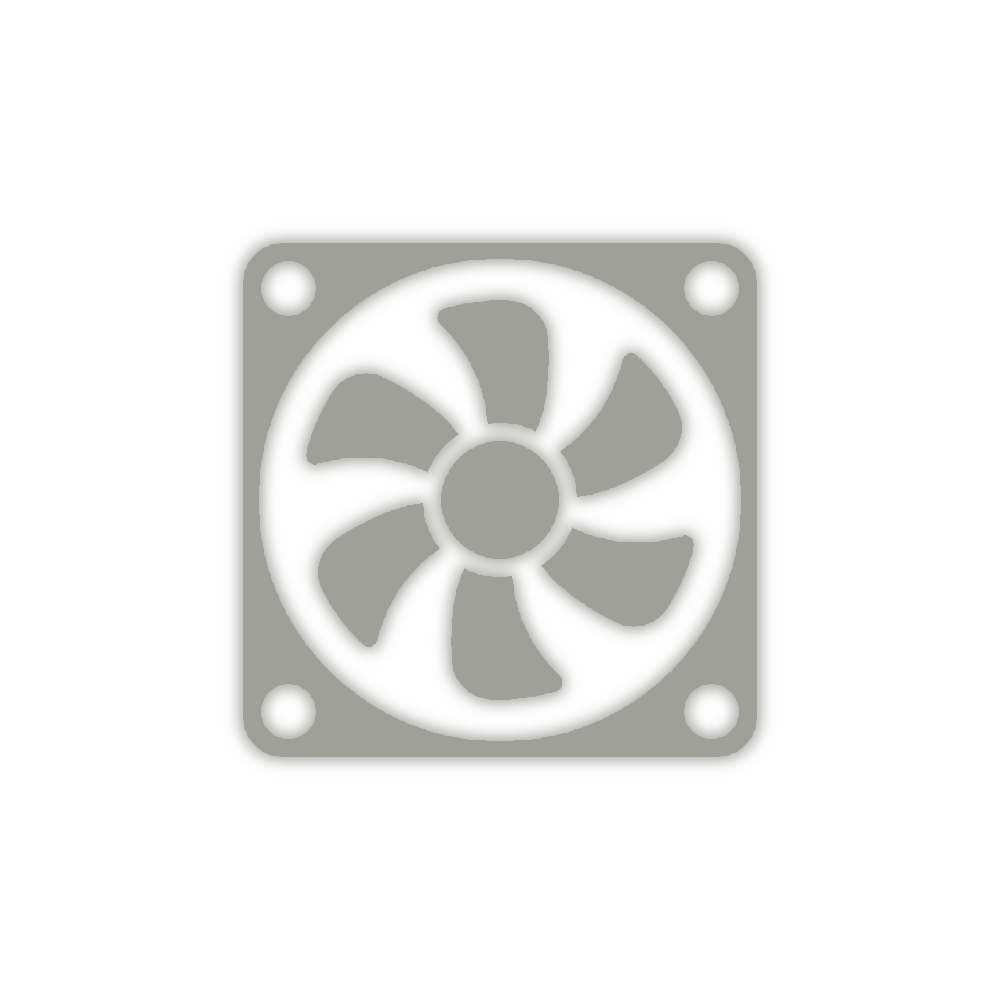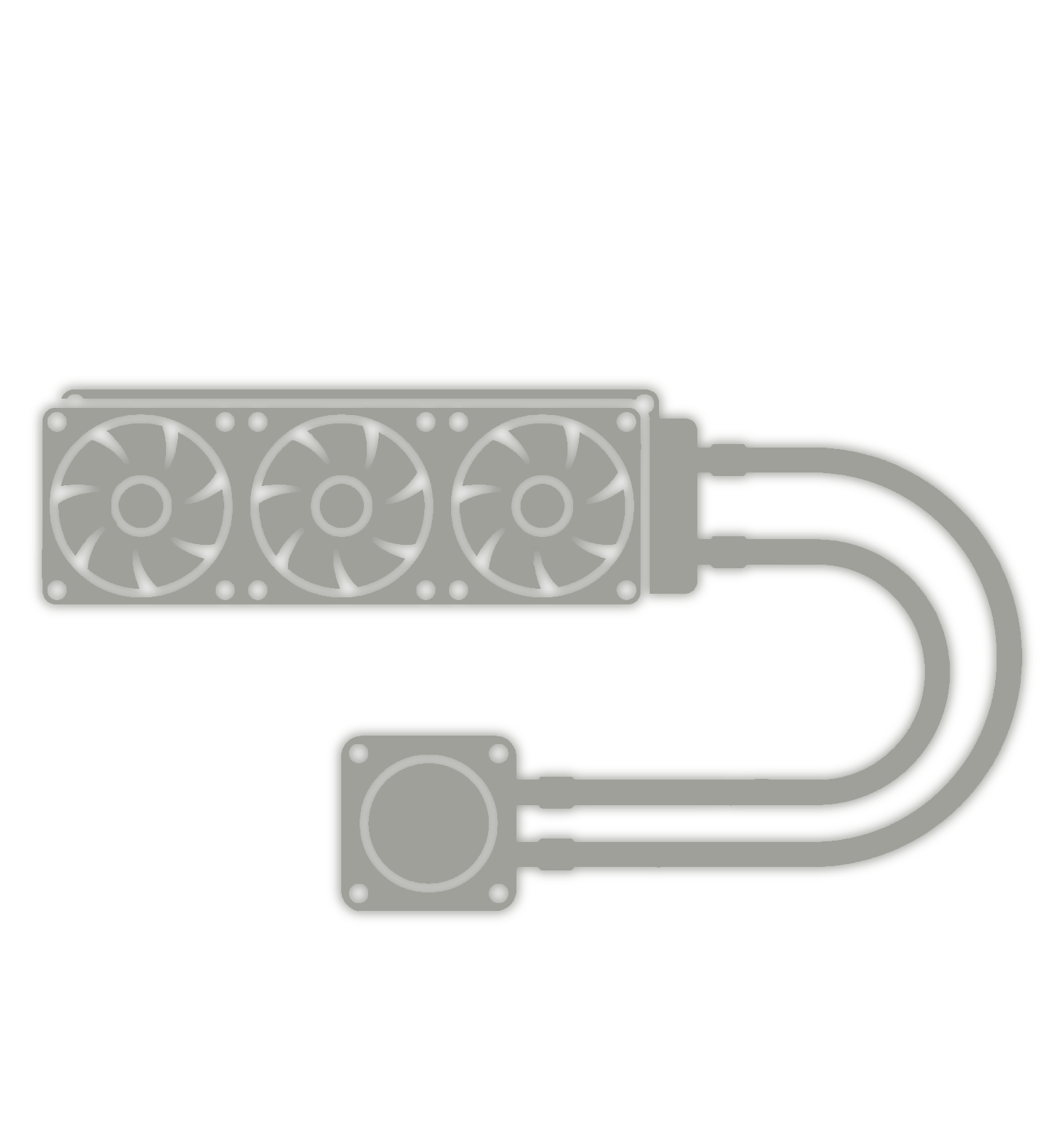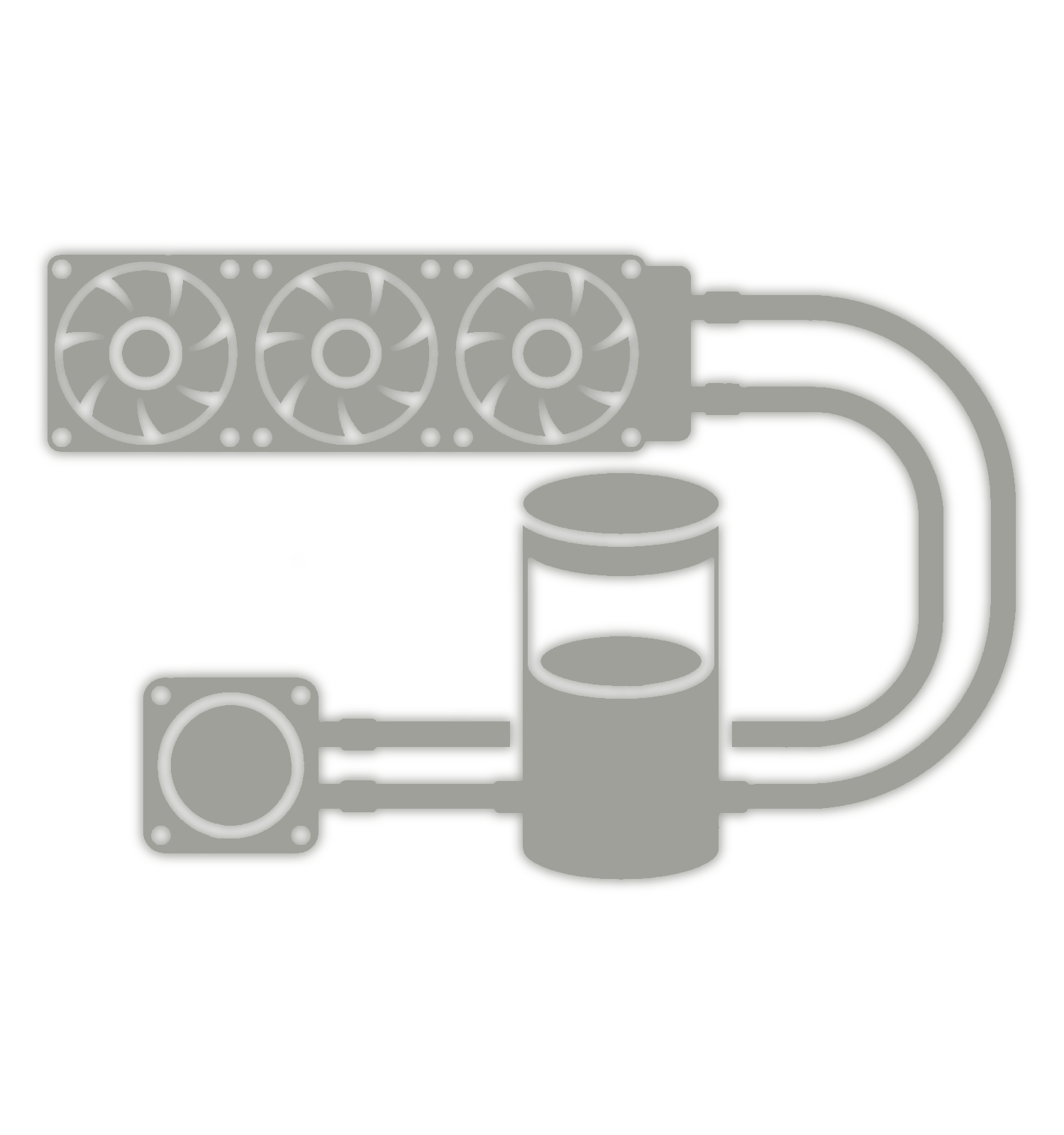
Like any powerful piece of PC hardware, the CPU generates heat when in operation and needs to be properly cooled to achieve maximum performance.
During normal operation, the transistors inside a CPU convert electrical energy into thermal energy (heat). This heat increases the temperature of the CPU. If an efficient path for that heat doesn't exist, then the CPU will exceed its safe operating temperature.
But what's the best way to keep your CPU operating at the ideal temperature? There are many ways to cool a processor, but most desktops and laptops use an air- or liquid-based cooler.
We're going to talk about liquid cooling vs air cooling: how they work, the pros and cons of each, and which might be right for your setup. Both air and liquid CPU coolers operate on a similar principle, and both do essentially the same thing: absorb heat from the CPU and redistribute it away from the hardware.
The heat generated by the processor itself is distributed to the metal lid of the CPU, called the Integrated Heat Spreader (IHS). The heat is then transferred to the baseplate of the CPU cooler. That heat is then distributed, either by liquid or via heat pipe, to a fan, where it is blown away from the cooler and eventually away from the PC.
Though the underlying mechanics are similar, the two methods achieve this heat redistribution in very different ways.


